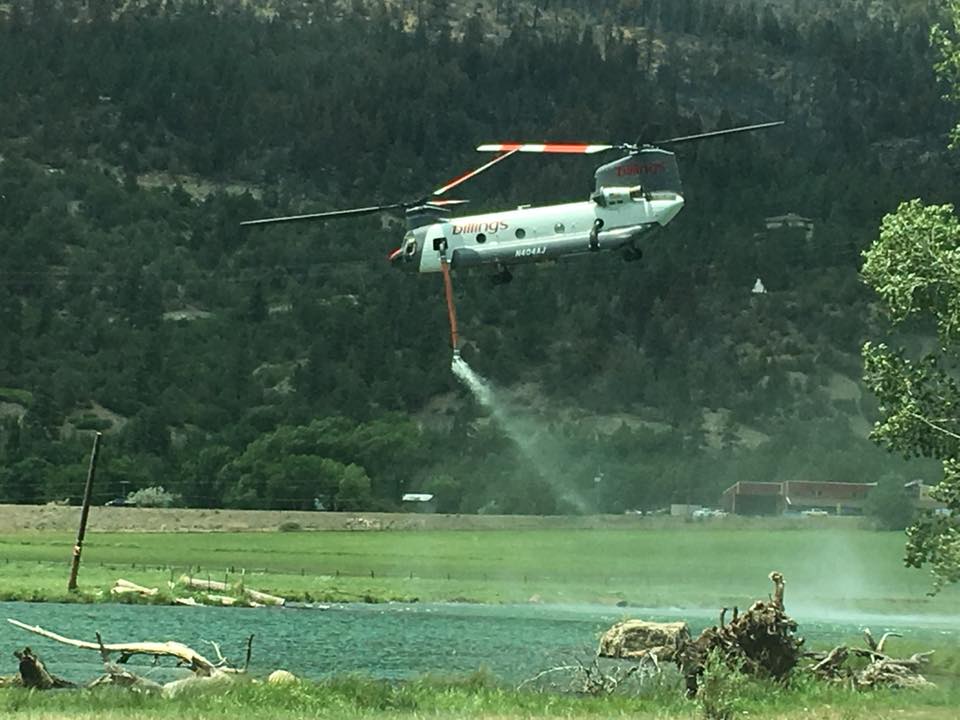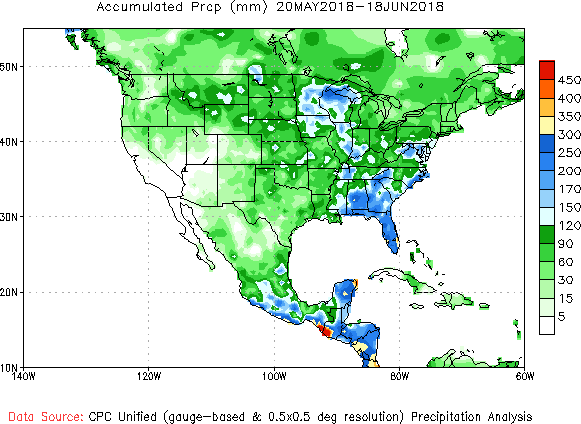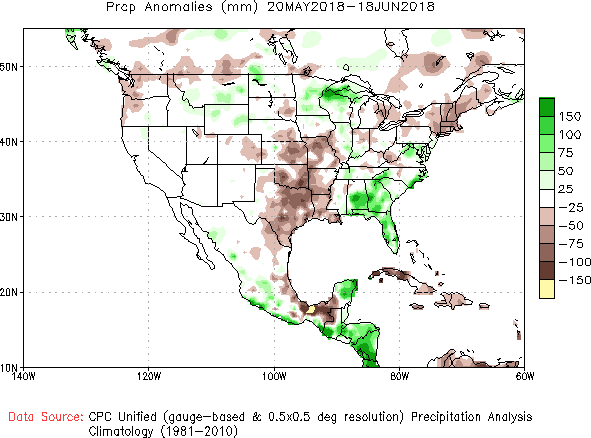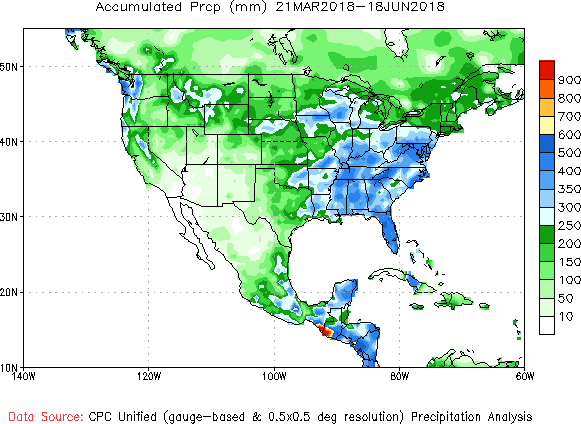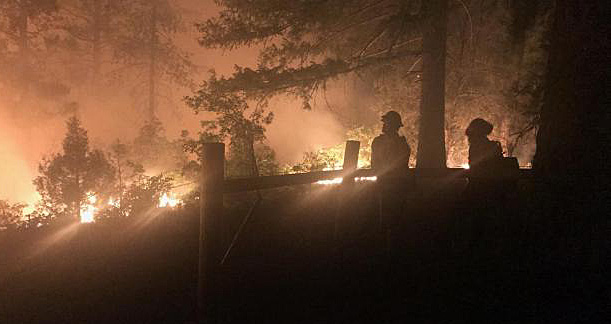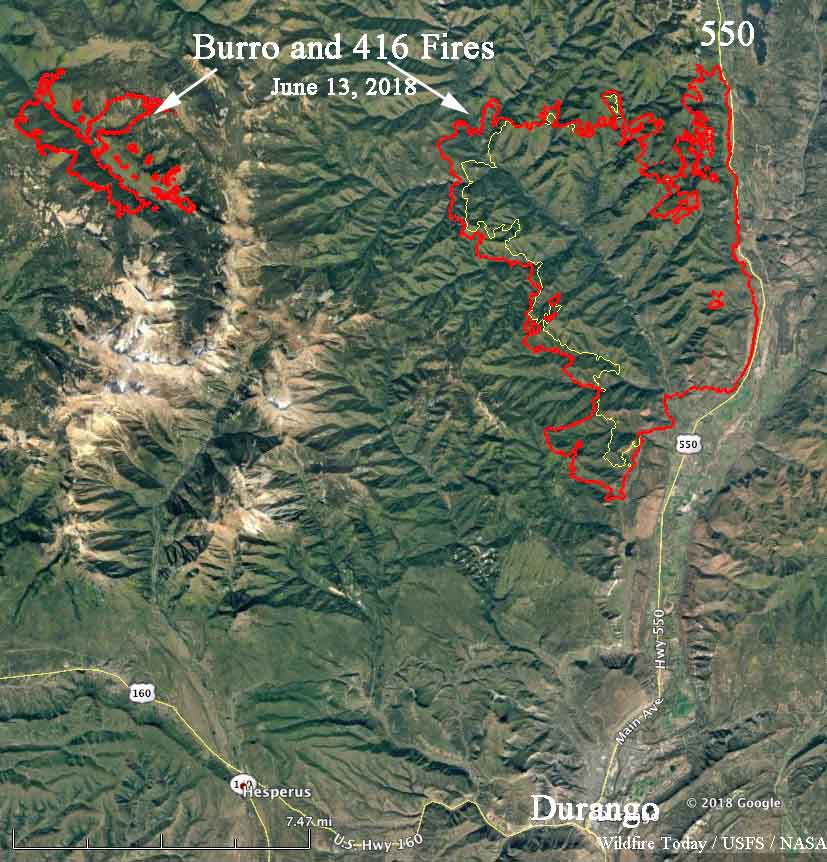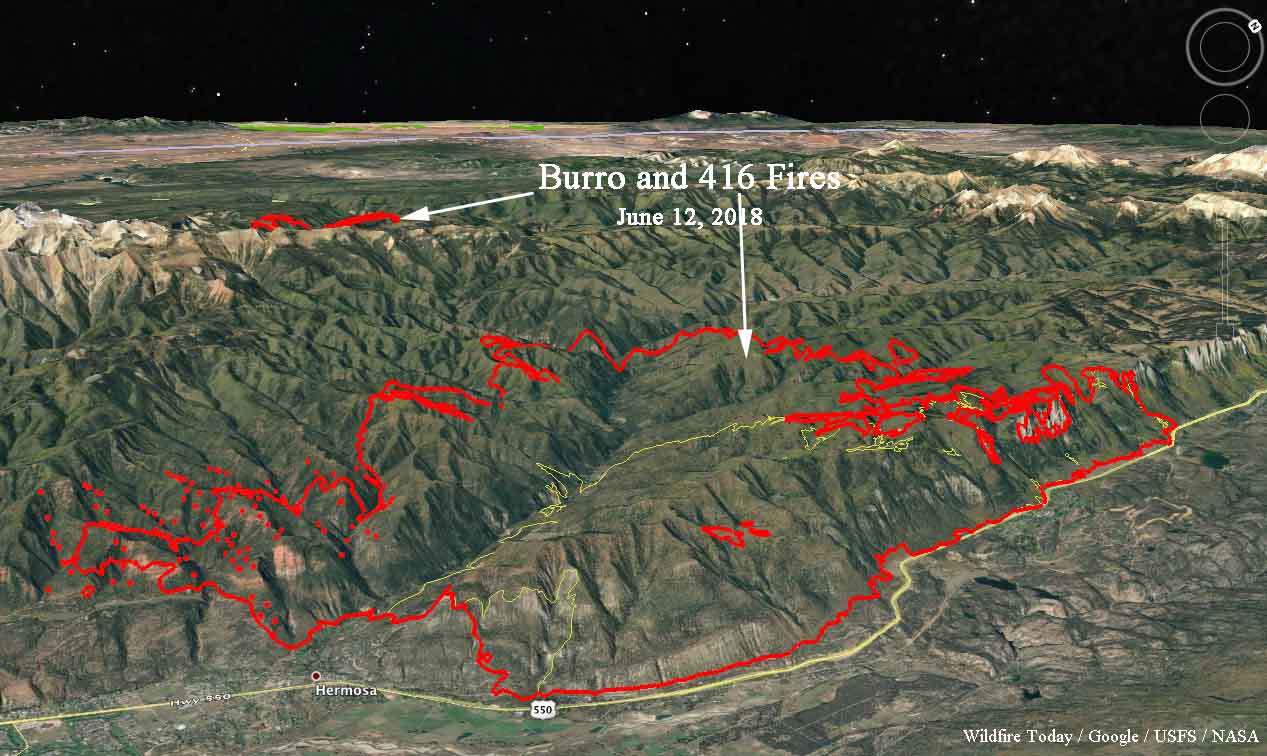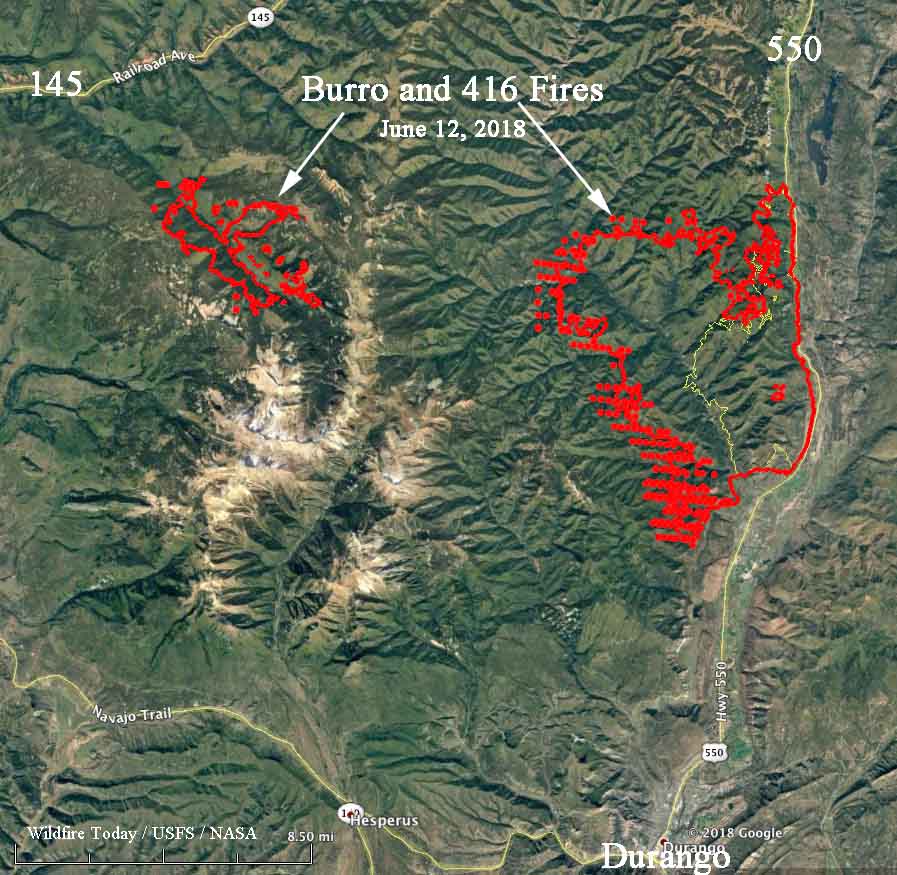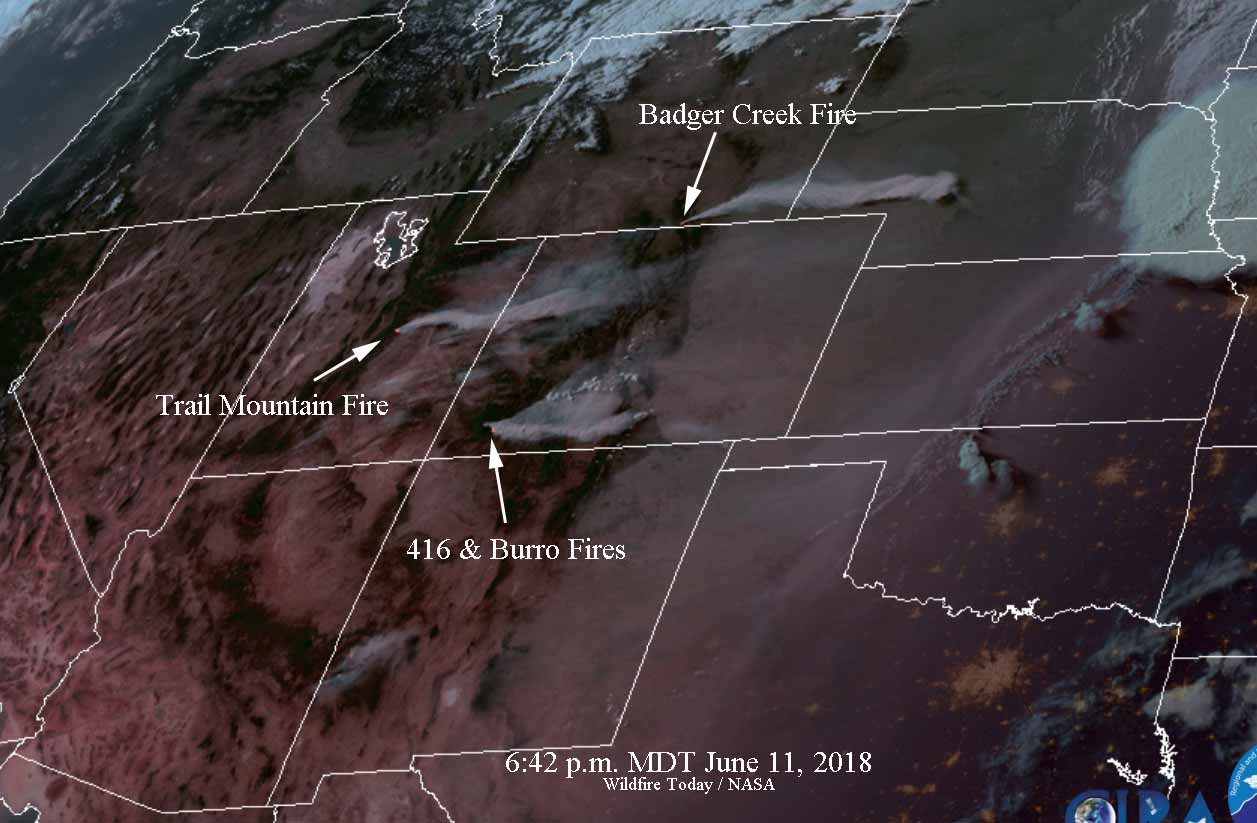The Spring Creek Fire in Costilla County, Colorado. Photo courtesy Colorado Division of Homeland Security and Emergency Management Field Manager via San Luis Valley Twitter.
(UPDATED at 8:51 a.m. MDT June 29 2018 by Bill Gabbert)
Updated information provided by the Rocky Mountain Coordination Center reported that the Spring Creek Fire has burned 14,424 acres. However infrared data from a fixed wing aircraft that flew the fire at 9:35 p.m MDT on June 28 showed that the fire was significantly larger. The convection column of smoke made it difficult for the equipment to map accurately as it avoided plumes and bounced around. Other information collected by a satellite at 3:36 a.m. also showed that the fire was very active on the east and southeast sides and that it could be much larger as than the last official estimate by the RMCC.
CLICK HERE to see all of the articles on Wildfire Today about the Spring Creek Fire.
There are reports that the fire has crossed and required the closure of Highway 160, the main highway between Walsenburg and Alamosa.
The early information was that the name of the fire was “Spring”, but the official name is “Spring Creek”
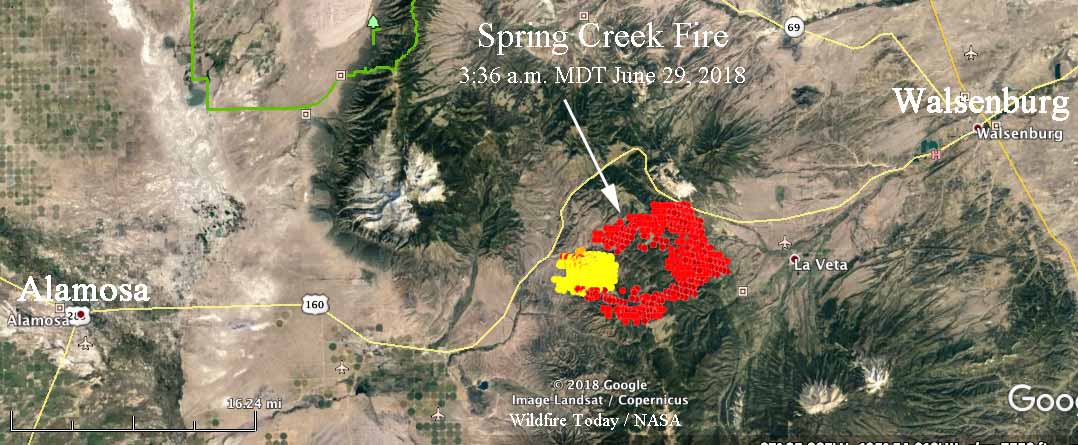
Shane Greer’s Type 2 Incident Management Team was scheduled to assume command at 6 a.m. on June 29.
The area is under a Red Flag Warning on Friday, bringing a high potential for rapid spread. Thursday the fire was exhibiting extreme fire behavior with running, torching, crowning and spotting a quarter of a mile ahead. Evacuations were in progress and multiple residences are threatened.
#breaking We’ve got our Viaero Wireless Camera trained on the smoke plume from the 14K+ acre #SpringFire w 0% containment & no official # of homes lost. @KRDONC13 pic.twitter.com/q3GPmrPJzm
— Shannon Brinias (@ShannonBrinias) June 29, 2018
(Originally published at 11:01 a.m. MDT June 28, 2018 by Jason Pohl)
A wind-driven wildfire in Red Flag conditions blackened an estimated 4,000 acres by Thursday night in southern Colorado, officials said.
The Spring Creek Fire is burning between Walsenburg and Fort Garland in Costilla County, not far from the New Mexico border. While officials have said structures were damaged and destroyed since the fire started Wednesday, it was not immediately clear how extensive the devastation was.
According to The Denver Post:
“There have been structures lost,” said Linda Smith, spokeswoman for the San Luis Valley Emergency Operations Center. “I do not know whether they were homes. I do know there are a lot of homes in that area.”
Officials declared a disaster for the area Wednesday night.
The cause of the fire is under investigation.
A Red Flag Warning is in place for Friday as much of the region continues to experience record high temperatures.
#SpringFire from La Veta pass around 8pm, and from Fort Garland around 6pm. Very active fire, stay safe. pic.twitter.com/Vo51qQcttE
— Eric Toft (@ETOFT93) June 29, 2018




